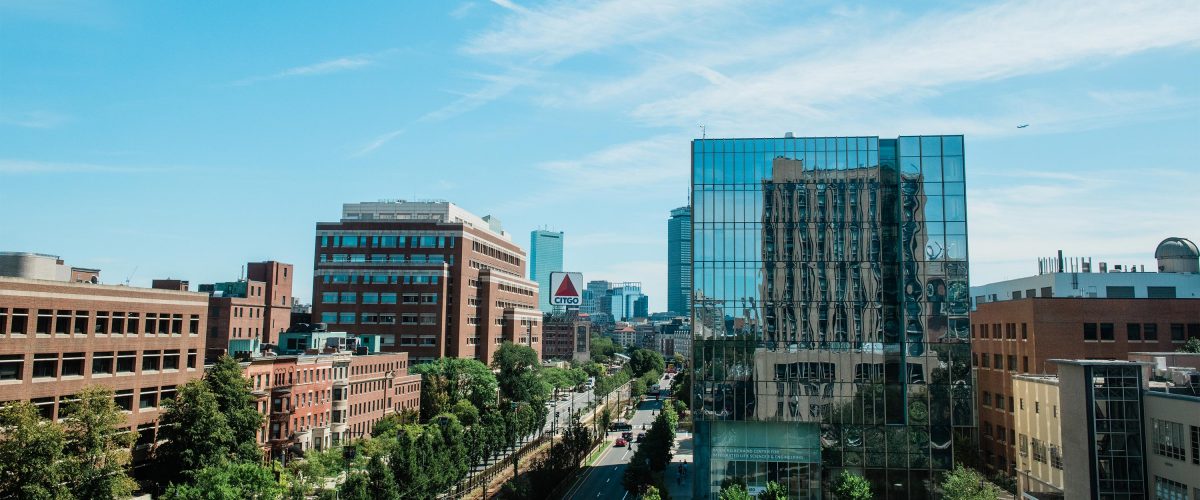- Starts: 3:30 pm on Friday, November 15, 2024
- Ends: 5:30 pm on Friday, November 15, 2024
ECE PhD Dissertation Defense: Aaron P.-Greenberg
Title: The Amplification of Twisted Light in Multimode Optical Fibers
Presenter: Aaron P- Greenberg
Advisor: Professor Siddharth Ramachandran
Chair: Professor Gianluca Stringhini
Committee: Professor Siddharth Ramachandran, Professor David Bishop, Professor Michelle Sander, Dr. Poul Kristensen
Google Scholar Link: https://scholar.google.com/citations?user=cIyfwUYAAAAJ&hl=en
Abstract: The development of fiber amplifiers plays a critical role in a wide range of applications, including high-energy systems, weak signal sensing, and optical communications, where Erbium-doped fiber amplifiers (EDFAs) are commonly utilized. In particular, the increasing demand for amplifiers capable of supporting a high number of data channels in telecom is essential to avoid the looming “capacity crunch” in networks. For this reason, spatial division multiplexing (SDM) has emerged as a promising solution, leveraging spatial dimensions such as modes or fiber cores to enable data parallelism. This dissertation examines the amplification dynamics and properties of multimode (MMF) ring-core fibers (RCFs) that can stably support spatial modes carrying orbital angular momentum (OAM), serving as independent, uncoupled signal channels. Notably, RCFs featuring topologically confined modes (TCMs) have demonstrated the highest uncoupled mode capacity among MMFs to date. We explore how these RCFs can be turned into amplifiers by utilizing fiber nonlinearities and by developing doped MMF-EDFAs for next-generation fiber networks.
In particular, RCFs and OAM modes possess key advantages in stimulated emission-based amplification, capable of obtaining high modal overlaps for shared amplification and their high confinement in a doped fiber core enhances interactions with erbium ions. We experimentally characterize RCF-EDFA amplification across > 40 uncoupled OAM modal channels, demonstrating that it is capable of achieving high-gain (ranging from 16 to 20 dB) and low-noise (down to 4 dB) performance. This work also marks the highest number of amplified uncoupled channels supported in a MMF-EDFA to date. Furthermore, simulations of a deployment-ready version of this EDFA further demonstrate its ability to amplify numerous spectral and spatial data channels simultaneously while obtaining high energy efficiency. This performance is made possible through a proposed pump sculpting method in which the pump consists of a superposition of OAM fiber modes, benefiting from the large and stable mode ensemble which is available at 980nm as a result of the topological confinement effect. By sculpting the modal distribution of the pump, the amplifier architecture is optimized to increase pump-signal overlap, achieving both high, equalized gain and low noise figures while reducing pump power requirements.
- Location:
- PHO 339
